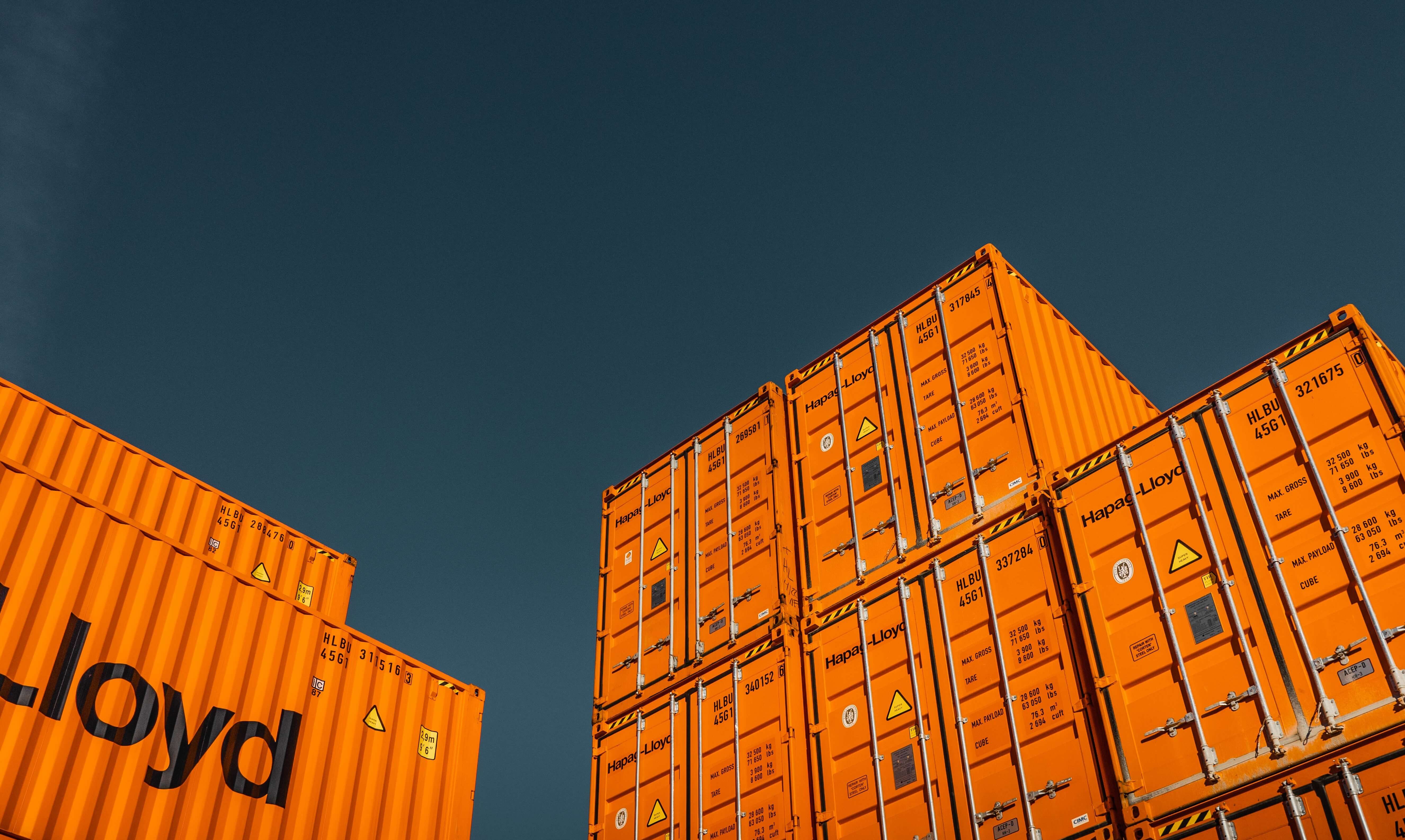In 2025, FinCEN warned that fuel theft has overtaken many traditional rackets as the cartels’ most significant non-drug revenue source. Crude oil stolen from Mexico’s state-owned energy company is being smuggled across the border and sold to complicit U.S. companies, with the proceeds laundered back into cartel networks.
This is not a side hustle. It is a billion-dollar revenue stream that moves through legitimate trade channels and regulated financial institutions.
FinCEN’s May 2025 alert outlines a process that is both straightforward and highly organized. It starts in Mexico, where groups including the Jalisco New Generation Cartel, the Sinaloa Cartel, and the Gulf Cartel steal crude oil from pipelines, refineries, and tanker trucks operated by Pemex. Corrupt insiders provide access and cover, allowing the theft to happen without triggering immediate detection.
The stolen oil is then transported toward the U.S. border, often concealed in tanker trucks labeled as carrying waste oil or hazardous materials. Once across, it is delivered to storage facilities or lots operated by brokers working directly with the cartels.
From there, small U.S. energy importers, often located near the border and sometimes created solely for this purpose, buy the crude at deep discounts. On paper, it appears as a legitimate purchase. In reality, it is the conversion point where stolen fuel becomes a tradable commodity in the U.S. market.
The crude is resold domestically or shipped abroad, and the payments flow back to the brokers. Wire transfers are often disguised as payments for waste oil or unrelated industrial products. Ultimately, the funds make their way back to cartel accounts in Mexico, completing the laundering cycle.
Oil theft offers cartels the same advantages as narcotics trafficking: high profit margins, established logistics networks, and scalable operations. But unlike drug shipments, stolen oil can be moved in plain sight under legitimate trade documentation.
For financial institutions, the risk is amplified because the laundering process intersects directly with lawful trade finance. Payments tied to crude oil, fuel brokers, or energy importers can look routine without deeper scrutiny.
The consequences are not just regulatory. Every dollar from stolen oil strengthens the cartels’ financial position, allowing them to expand both violent and corrupt activities.
Recent cases underscore that this is not a hypothetical risk. In May 2025, federal investigators charged a Texas oil operator with conspiring to buy and resell stolen Mexican crude on behalf of a cartel-linked network. According to prosecutors, the operator disguised shipments as legitimate fuel imports and routed payments through shell companies before wiring profits back to Mexico.
This case shows how quickly stolen oil can cross from illicit pipelines into U.S. commerce, and how domestic firms, not just foreign brokers, are becoming complicit in sustaining cartel revenue streams.
FinCEN has identified a set of indicators that, especially in combination, should prompt review:
Crude oil being sold at prices significantly below market rates.
Small U.S.-based oil, natural gas, or importing companies near the border showing profit margins or volumes far exceeding those of typical peers.
Firms with little to no online presence, or websites that appear hastily built to mimic established oil and gas companies, while reporting millions of dollars in crude sales.
Discrepancies between a company’s stated activity and its transaction behavior, such as crude oil brokers sending wires labeled for waste oil or hazardous materials.
Sudden purchasing patterns involving waste oil or hazardous materials from only one or a few counterparties.
Wire transfers for waste oil or hazardous materials sent by companies lacking required Environmental Protection Agency (EPA) registrations.
Payments routed to counterparties that do not appear related to the oil or gas industry.
Spikes in activity with shell-like counterparties—thinly registered firms or entities with no meaningful online presence.
Companies receiving incoming wires for crude oil sales while sending outgoing wires for invoices tied to waste oil or hazardous materials.
Importing firms sending wires to Mexican companies for waste oil or hazardous materials without the proper EPA registrations.
Importers wiring funds received from U.S. energy companies to only a small set of recipients in Mexico.
Companies claiming to be importers of waste oil or hazardous materials but revealed, on closer review, to be shells of Mexican entities.
Supposed “ultimate consignees” of waste oil or hazardous materials registered to residential addresses.
Counterparties or beneficial owners linked in adverse media, indictments, or OFAC designations to cartel-related activity, including fuel theft and oil smuggling.
These indicators are most effective when integrated into monitoring systems alongside beneficial ownership checks and adverse media screening. Institutions using Sigma360’s proprietary FTO Risk Intelligence gain an additional layer of visibility into entities and networks linked to designated Foreign Terrorist Organizations, including cartel groups operating under this designation. This specialized dataset helps compliance teams connect oil-smuggling activity to broader transnational crime patterns that may not be evident through traditional screening alone.
Financial institutions cannot treat this as a one-off advisory. Detecting oil-related laundering requires screening programs that extend beyond static list checks to capture the full spectrum of counterparties, payments, and risk signals.
Sigma360 recommends:
While screening provides the front line of defense, financial institutions should also consider how these red flags can be reflected in transaction screening controls. When payments are labeled for “waste oil” or routed through thinly registered intermediaries, alerting systems calibrated with FinCEN’s indicators can help prevent illicit oil revenues from flowing undetected through legitimate channels.
These defensive measures address the immediate risks, but they also point to something larger: oil smuggling is not an isolated scheme. It is part of a broader transnational criminal finance network, one that institutions cannot afford to overlook.
This is not simply an energy sector problem. It is a transnational criminal finance issue that uses oil as the vehicle. The same networks moving fuel across the border are often the ones trafficking narcotics, laundering bulk cash, and exploiting legitimate businesses as cover.
The financial sector sits at a choke point in this process. By applying sharper intelligence, broader data coverage, and more responsive monitoring, institutions can make it harder for cartels to convert stolen crude into clean capital.
FinCEN’s alert makes it clear: the oil smuggling pipeline is open, profitable, and embedded in legitimate commerce. The question for compliance leaders is whether their systems can see it, and whether they will act before the next shipment moves from the field to the refinery to the bank.
The regulatory, reputational, and operational risks posed by Foreign Terrorist Organizations (FTOs) and cartel-linked entities have outpaced the capabilities of traditional screening solutions. Sigma360 was purpose-built for this challenge. Unlike legacy tools that rely on outdated watchlists or generic adverse media checks, our platform delivers a holistic, persistent view of FTO/DTO exposure at scale.
Our proprietary threat intelligence combines:
This intelligence is supported by an AI-driven engine that identifies and prioritizes risk based on behavioral patterns, not just entity names. Our platform is easy to deploy, with flexible delivery options that include API integration, batch screening, and advisory overlays.

This is the first module in Sigma360’s AI Explained series – a beginner-friendly guide to understanding artificial intelligence in financial crime...

Previously, we have discussed the large, though often overlooked, role that trade-based money laundering (TBML) plays in the movement of illicit...

Without the need for a drawn out political process post Election Day, the Trump transition team can begin to evaluate key hires across the...
